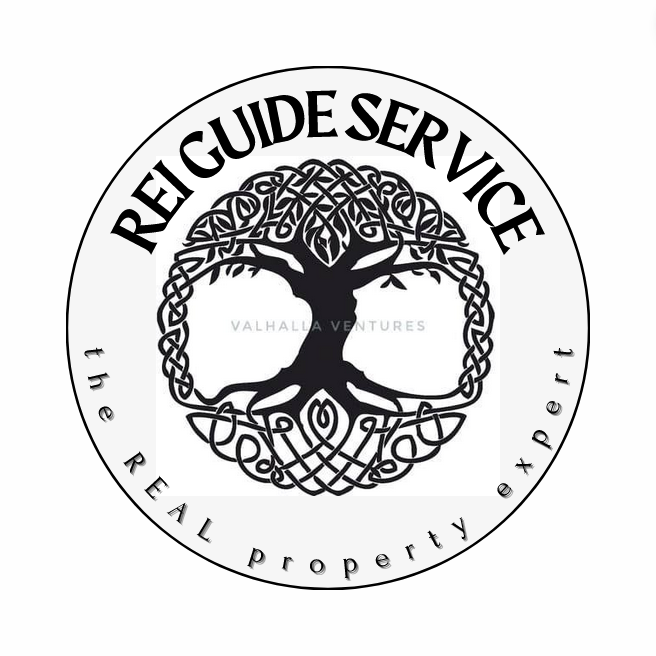Quality, Safe, and Affordable Housing for the Best Years Ahead!
The Growing Demand for Quality, Safe, and Affordable Housing for the Aging Population
As the global population ages, there is an escalating need for housing solutions that prioritize quality, safety, affordability, and dignity for retirees and the elderly. The desire for aging adults to live the latter part of their lives in comfort, security, and independence is universal. Yet, many current housing options—often dominated by large, impersonal institutions—fall short of these aspirations, reducing residents to feeling more like they are being "housed" than "living." The future of elderly care demands a radical shift toward housing that fosters peace, safety, and happiness, all while remaining affordable.
The Downsizing Dilemma: More Than Just a Smaller Home
As people retire, many seek to downsize for practical reasons: reduced maintenance responsibilities, lower costs, and a more manageable living space. But downsizing doesn’t mean retirees are giving up on living well. In fact, the exact opposite should be true. Downsizing should represent a move toward better living—more comfort, peace, and safety, not just a smaller footprint. Unfortunately, the current market often sees a gap between what retirees need and what’s available.
Too many housing solutions for seniors are either exorbitantly expensive or, if affordable, lack the quality that fosters well-being. This forces many elderly people into environments where they feel isolated, neglected, or cramped. The real challenge lies in finding a balance between cost-efficiency and quality of life.
People, Not Livestock: Elevating Housing with Space and Dignity
One of the most pervasive issues with current elder housing options is the tendency to treat people as though they are little more than numbers, slotting them into standardized, overcrowded environments. Aging is not a one-size-fits-all experience, and elderly people should not be warehoused like livestock, crammed into sterile, lifeless spaces.
To combat this, housing designs must evolve. Spaces should be crafted to enhance well-being, providing elderly residents with environments that promote autonomy and happiness. This includes open spaces, natural light, comfortable interiors, and access to green spaces. Housing should offer a retreat where retirees can enjoy the freedom of their lives, rather than feel imprisoned in their homes. These factors have a profound impact on mental health, reducing feelings of isolation and depression.
Partnering with Home Health Care and At-Home Services
A significant opportunity lies in integrating housing with home health care and other at-home services to create a holistic living solution for aging adults. Many seniors prefer to "age in place," remaining in the comfort of their own homes while receiving the care they need. By strategically designing housing that accommodates home healthcare providers—whether it’s through home health aides, physical therapy, or even meal delivery services—seniors can maintain a higher quality of life while staying in a familiar, safe environment.
Partnering with home healthcare services means seniors won’t have to face the difficult choice between independent living and access to critical care. It provides an ideal compromise, ensuring that residents can receive medical attention and personal support while staying out of large, impersonal institutional care facilities.
Premium Products for Healthier, Happier Lives
When we think of affordable housing for retirees, it’s easy to imagine cutting corners. However, prioritizing quality doesn’t have to mean skyrocketing costs. Using premium-grade products for housing construction—such as eco-friendly materials, smart-home technologies for health monitoring, and energy-efficient appliances—can enhance both the quality and sustainability of housing. These products offer long-term savings, reduce maintenance, and improve health outcomes by creating safer, cleaner environments for residents.
Imagine a housing development where retirees can downsize into homes that are not only affordable but also equipped with air filtration systems that improve respiratory health, flooring that reduces the risk of falls, and easy-to-use smart technologies that allow them to control lighting, temperature, and even call for assistance with the press of a button. These kinds of innovations can make a massive difference, helping seniors stay healthier and happier while preserving their independence.
A More Affordable, Dignified Future
Large, institutional housing complexes for seniors may seem like the obvious answer to the housing crisis for the aging population, but they often come with high costs and low quality of life. A more forward-thinking solution is to combine smaller, thoughtfully designed living spaces with premium products and integrated at-home services. Not only can this offer a healthier and happier lifestyle, but it can also prove to be a more affordable option in the long run.
By focusing on housing that emphasizes safety, dignity, and independence, we can ensure that retirees live their best lives during their golden years—not merely endure them. This approach will be key as society faces the inevitable rise in demand for senior housing in the years to come.
Investing in housing that promotes quality of life and embraces a holistic approach to aging will not only serve the elderly well but also create a more sustainable, compassionate, and humane society. In the end, the goal isn’t just to provide a roof over their heads but to build a foundation for a life well-lived.


